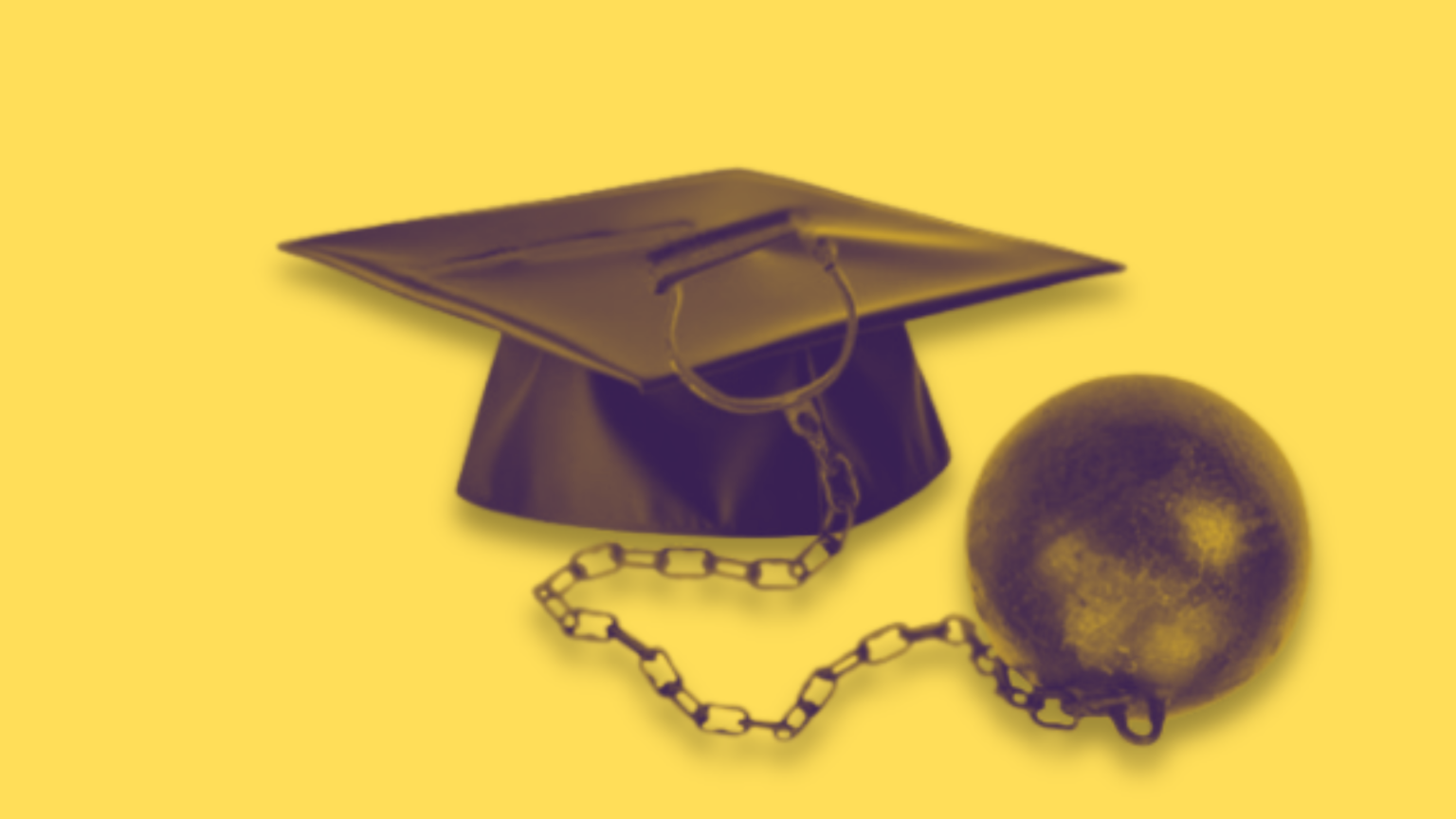The American Federation of Teachers (AFT), the second largest labor union for teachers, filed a consumer protection lawsuit against the Higher Education Loan Authority of the State of Missouri (MOHELA).
MOHELA is one of the largest student loan services companies coming under fire for allegedly mishandling loan servicing for millions of borrowers.
The central claim of the lawsuit is MOHELA knowingly and purposely sends borrowers into byzantine customer service structures. Borrowers face frequent dropped calls, long hold times, untrained staff, and online resources with inaccurate information.
Moreover, the complaint charges that borrowers’ accounts are often inaccessible online. Billing statements frequently late and miscalculated — requiring higher payments from borrowers than necessary and pushing accounts into delinquency.
Because teachers are eligible for Public Service Loan Forgiveness (PSLF), ATF members are disproportionally affected by the mishandling of PSLF applications.
The ATF also asserts it spends considerable resources investigating the business practices of MOHELA and the subsequent impact on consumers.
“AFT has spent, and continues to spend, tens of thousands of dollars on debt clinics to educate members to better navigate the mess created by MOHELA, and it has diverted more than two thousand hours of valuable staff time that would otherwise have been spent focused on issues like collective bargaining; retirement security; healthcare; student learning conditions; and educators’, public employees’ and health care workers’ working conditions,” the court docket reads.
The MOHELA Papers
The key points of the ATF’s investigation are outlined in a report referred to as “The MOHELA Papers.”
Though the ATF is the primary plaintiff in the suit, other nonprofit advocacy groups back the ATF, including the The Student Loan Protection Center.
“The AFT alleges that MOHELA illegally overcharged borrowers on their monthly student loan bills, failed to timely process paperwork, and actively misled borrowers about their student loan accounts,” the organization said in a press release.
MOHELA’s Purported Role In the Student Debt Crisis
According to the lawsuit, MOHELA handles loans for approximately 8 million borrowers. In 2022, MOHELA became the sole servicer for the Public Service Loan Forgiveness program.
Since 2011, MOHELA has received $1.1 billion from the Department of Education to support student loan servicing. This funding is supposed to cover costs like staffing call centers, managing borrower accounts, and offering resources to help borrowers understand and manage their student loans.
“MOHELA was hired by the federal government to help borrowers pay down debt, but instead it hung them out to dry to line its own pockets,” AFT President Randi Weingarten tweeted alongside a press release announcing the lawsuit.
MOHELA’s Response
In response, MOHELA released a statement on their contact page.
“On July 18, 2024, a federal court issued a stay preventing the Department from operating the Saving on a Valuable Education (SAVE) Plan. The Department of Education is assessing the ruling and will be in touch directly with borrowers about how this will affect them. In the meantime, you can visit StudentAid.gov/saveaction for the latest information.”
Two weeks earlier, MOHELA issued a press release claiming a”record for processing highest amount of student loan forgiveness in public service loan forgiveness (PSLF) program history.”
In the press release, MOHELA claims they facilitated the cancellation of $55 billion in student debt for 737,000 borrowers.
The Student Debt Burden
As of March 2024, the average student loan debt per student is about $37,000, based on forty-five million borrowers.
The average college tuition for the 2023-2024 school year is $11,823 for in-state students and $21,802 for out-of-state students. The four years of undergrad typically required to obtain a bachelor’s degree, that amounts to almost $50,000 for in-state students and nearly $90,000 for out-of-state students.
Moreover, tuition does not cover cost of living, textbooks, room and board, or other day-to-day expenses.
A recent survey Education Data Initiative of 60,000 borrowers found it takes on average, more than 20 years to pay off student debts. The report also found that more than a fifth of students’ total loan balance will go up during the first five years of making payments.
Many borrowers enter professions in public service and the nonprofit sector to alleviate the financial burden of student debt in lieu of potentially higher paid professions in the private sector.
As delays in the PSLF process add to the financial strain, many borrowers find themselves paying more on loans that would otherwise be forgiven, underscoring the need for timely application reviews to ease the burden on public service workers who sacrifice higher salaries for the promise of debt relief.
Related: Americans Have More Than $1.1 Trillion In Credit Card Debt


